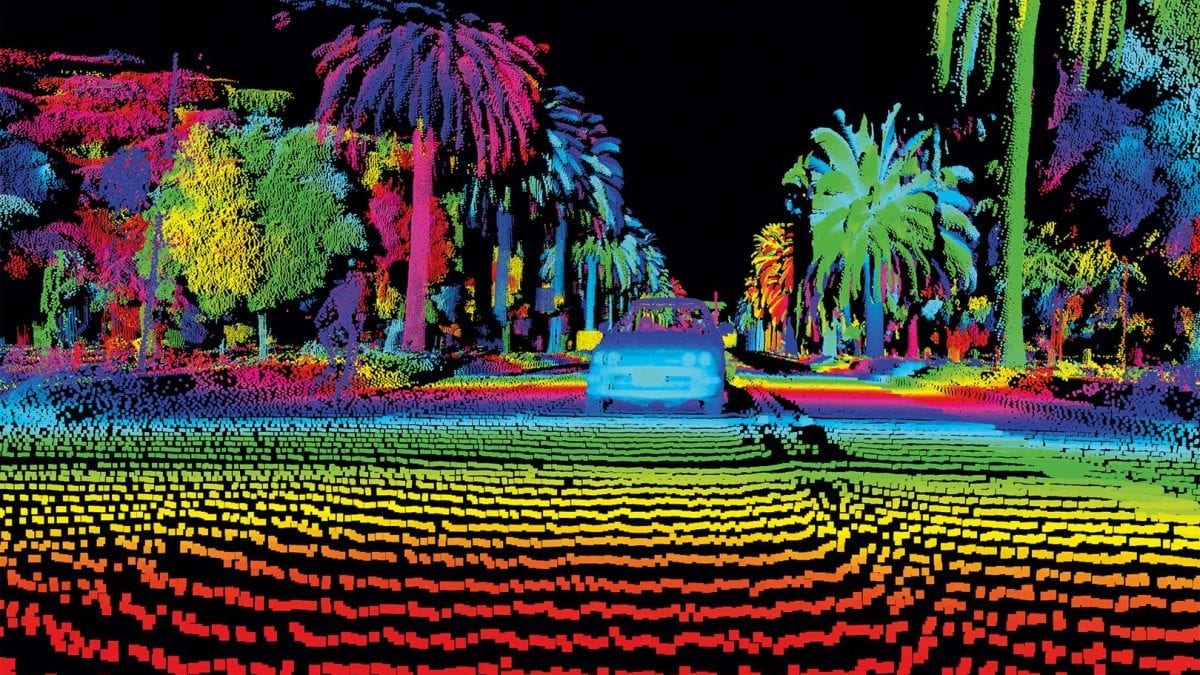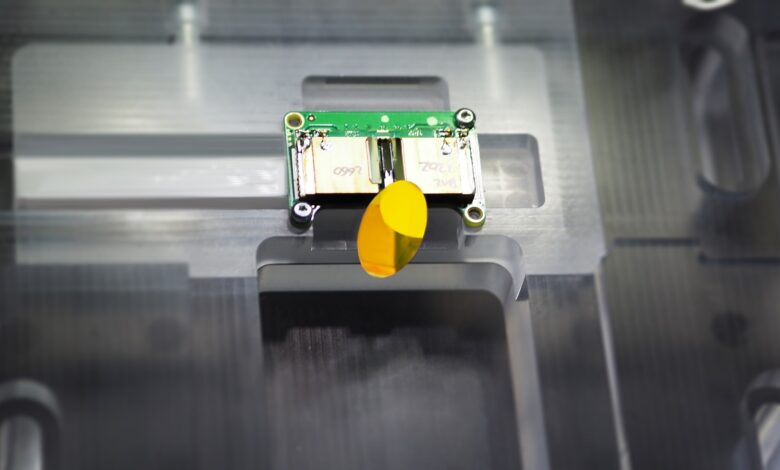
Lidar mapping is a widely acknowledged technology for generating precise and immediately georeferenced spatial information about the Earth’s shape and surface features.
The Lidar mapping systems and their underlying technologies have recently advanced, allowing scientists and mapping professionals to explore natural and constructed surroundings at scales never before possible with higher accuracy, precision, and flexibility. Several national papers published in the last five years have emphasized the importance and utility of lidar data.
WHAT IS THE LIDAR?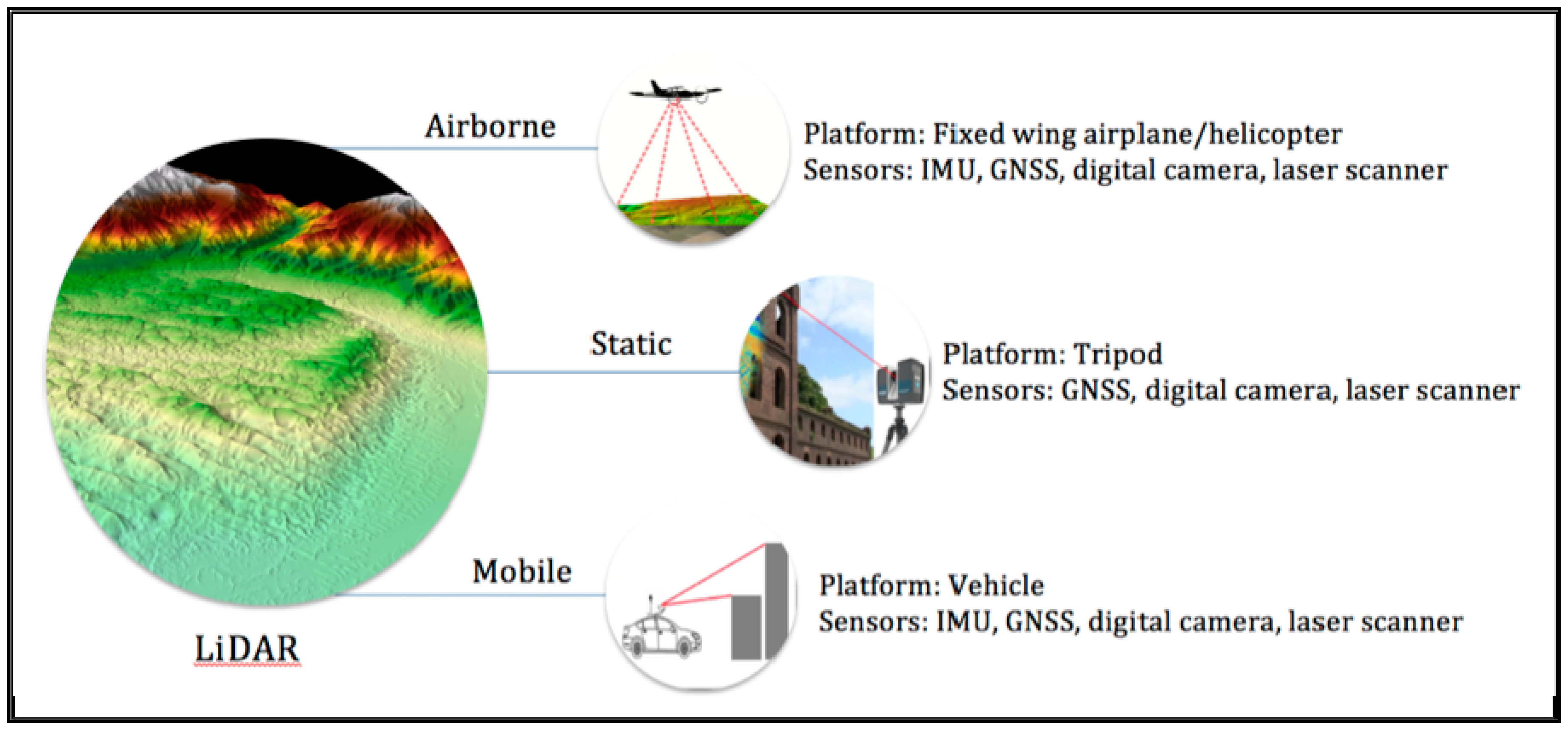
Light detection and ranging (Lidar) is a composition for light detection and ranging. It is also known as LADAR or laser altimetry. It’s a type of remote sensing technology that uses intense, focussed beams of light to detect reflections and measures the time it takes for the sensor to see them. This data is used to calculate object ranges or distances. In this way, Lidar is similar to radar (radio detection and content), except it uses discrete laser light pulses. The target objects’ three-dimensional coordinates (e.g., x,y,z or latitude, longitude, and elevation) are calculated from:
- The time interval between when a laser pulse is emitted and when it is returned.
- The angle that the beating was “fired” at.
- The sensor’s absolute location on or above the Earth’s surface.
The energy source used to detect a target distinguishes two remote sensing technologies: passive and active systems. Radiation from an external source of energy, as the sun, is seen by passive methods. On the other hand, dynamic systems produce and steer pointers toward a target before detecting the radiation. The Lidar systems are active because they emit pulses (i.e., laser beams) and catch the reflected light. This property enables lidar data to be collected at night when the air is more transparent and the sky is less congested than during the day.
The majority of lidar data is obtained at night. The Lidar, unlike radar, cannot penetrate clouds, rain, or dense haze. Hence it must use in clear weather. At sample rates of more than 150 kilohertz, Lidar devices can quickly measure the Earth’s surface (i.e., 150,000 pulses per second).
We can use these bathymetric lidar systems to measure seafloor heights in locations with relatively clear water. Absolute accuracies of 6 to 12 inches (15 to 30 centimetres) for more past data and 4 to 8 inches (10 to 20 centimetres) for more current data are typical for lidar-derived hills; relative accuracies (e.g., roof heights, cliffs, banks, and dunes) are much better. The accuracy description is a crucial part of Lidar, and We will discuss it in depth in the following sections.
HISTORY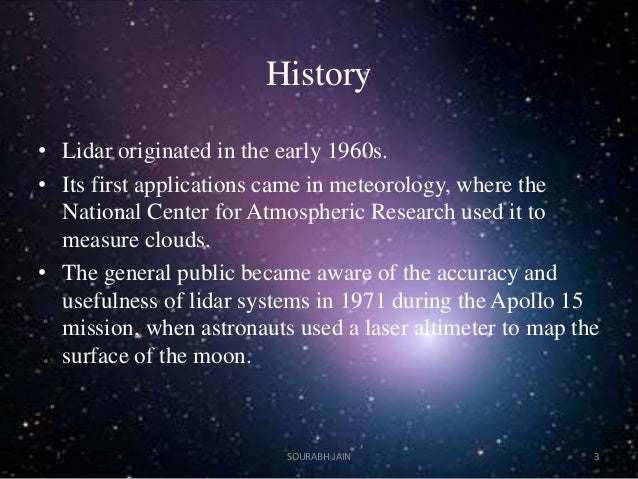
The Lidar technology isn’t new; it’s been around for almost 40 years and was first used to map particles in the atmosphere. This ground-based application had significantly less positional complexity than airborne mapping (i.e., the laser location did not move). The invention of GPS in the 1980s opened up new applications for moving sensors (airborne Lidar). One of the early applications of airborne Lidar was bathymetric Lidar. The water’s surface served as a “reference” that helped to de-emphasize the plane’s absolute location.
The IMU improved in the early 1990s, allowing it to achieve decimeter accuracies for the first time. The measurement of glaciers and how they were changing was one of the first non-bathymetric aerial uses. Lidar (terrestrial scanning) on the ground is also utilized to intensively map the three-dimensional nature of features and ground surfaces to an incredibly high level of accuracy (1 centimetre).
THE LIDAR PLATFORMS
The most typical lidar systems for generating digital elevation models for broad areas are airborne topographic lidar systems. Using an aerial platform and scanning the lidar sensor to acquire elevation data over tens to thousands of square miles is a cost-effective and efficient method. The Lidar sensors can also be mounted on helicopters and ground-based (or water-based) stationary and mobile systems for smaller areas or higher densities.
The Lidar was first created as a fixed-position ground-based sensor for studying atmospheric composition, structure, clouds, and aerosols. It is now a valuable tool for climate observations around the world. NOAA and other research groups use these tools to improve our understanding of climate change. The Lidar sensors are also employed to scan specific targets such as bridges, buildings, and beaches and are mounted on fixed-position tripods. Tripod-based lidar systems produce centimetre-level point data and frequently use specialized terrain mapping applications requiring frequent surveys.
Thanks to modern navigation and location technologies, lidar data may be collected using both water-based and land-based mobility platforms. Sensor-to-target ranges of more than a kilometre are typical for these systems, commonly placed on sport utility and all-terrain vehicles. These platforms’ data is highly exact, and it is widely used to map discrete areas such as railroads, motorways, airports, buildings, utility corridors, harbours, and shorelines.
The most prevalent and cost-effective platforms for collecting lidar data over large, continuous areas are planes and helicopters. Mounting a lidar system inside an aircraft and flying over specific areas yields airborne lidar data. Most airborne platforms can traverse around 50 square kilometres per hour and yet collect data that meets or exceeds the needs of high-accuracy data applications.
Bathymetric data can also be managed using airborne platforms in relatively clear, shallow water. Shoreline and nearshore areas are mapped using combined topographic and bathymetric lidar systems on airborne platforms.
BASIC PRINCIPLES AND TECHNIQUES
The basic concept is simple: measure the time it takes a laser pulse to strike an object and return to the sensor (which has a known location thanks to direct georeferencing systems), calculate the distance using the travel time, record the laser angle, and then compute the location of the reflecting object (e.g., ground, tree, car, etc.) in three dimensions using this information.
Typical multiple return systems can catch up to five returns each pulse (Figure 2- 5). It boosts the ability to look at the three-dimensional structure of “features above the ground surface,” such as the forest canopy and understory, by 30 per cent or more (100,000 pulses/second 130,000 returns/second).
THE LIDAR APPLICATIONS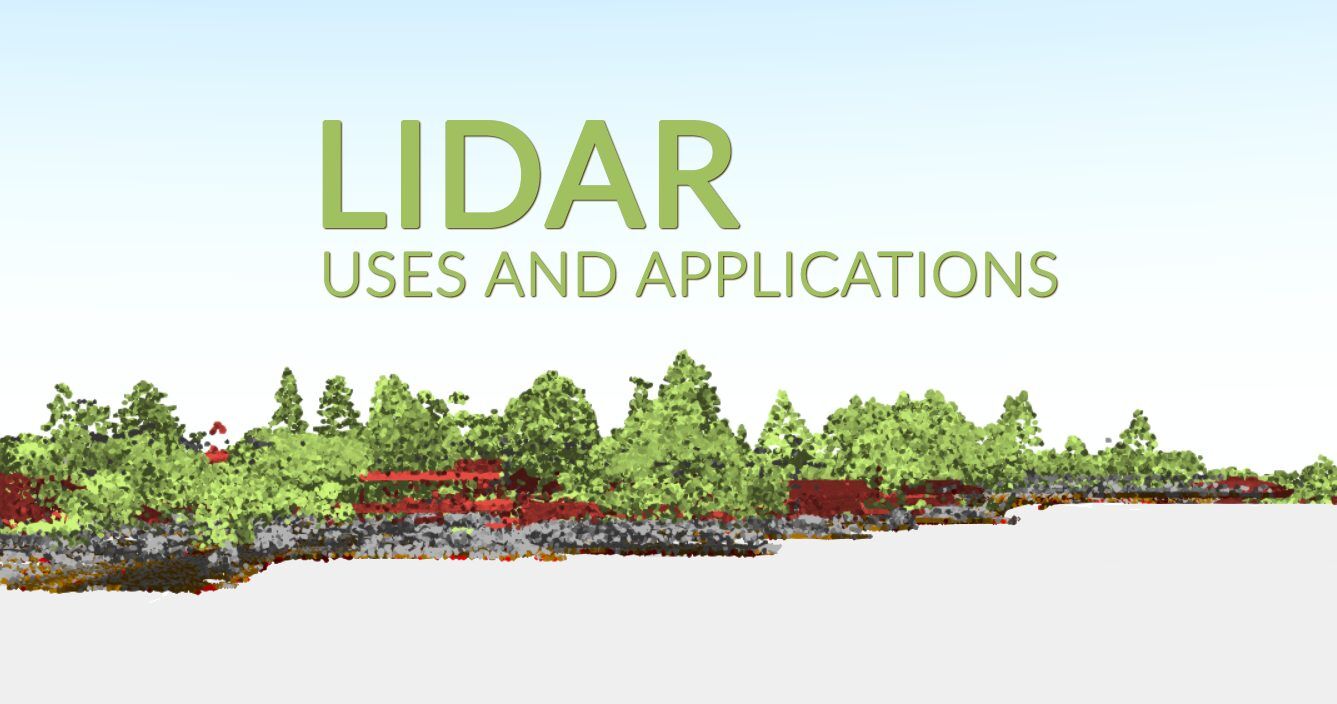
The Lidar offers various advantages as a distant sensing technology. High accuracies are at the top of the list.
- Point density is high.
- Large areas of coverage.
- Users’ ability to swiftly and efficiently resample regions.
It enables the mapping of discrete changes at a very high resolution, consistently and precisely covering enormous areas and producing speedy results. The applications listed below are only a few examples of how the Lidar is used.
Flood Insurance Rate Maps: This application is a significant player in the development and application of lidar data. The application was principally prompted by storms that devastated North Carolina, causing the existing delineated flood zones to become insufficient quickly.
Forest and Tree Studies: The work spent surveying trees is a particularly costly and time-consuming aspect of wood management. Trees must be measured to establish how much wood is present, when to harvest it, and how much to harvest. Typically, many metrics are determined for a sample of trees, and the findings are statistically extrapolated across the entire harvest area. Tree height, crown breadth, and crown depth have all been measured using high-resolution, small-footprint Lidar. With larger footprint lidar, we can determine the standing volume of timber on an individual tree basis or a stand-level using these readings.
Coastal Change Mapping: Mapping the coastal zone is an application that emphasizes the use of lidar data in conjunction with GIS layers to maximize the usability of both data sets. This incredibly dynamic region is densely populated and varies on short timescales (e.g., waves, tides, storms). It also has several natural ecosystems that are highly reliant on elevation. As a result, rapid changes may impact significant populations and habitats, both of which are becoming less adaptable (i.e., there is less ability to retreat). We can use the Lidar data to track both specific incidents and longer-term trends.
CONCLUSION
THE Lidar, also known as LiDAR, LADAR, aerial laser altimetry, or airborne laser swath mapping, is a ubiquitous and widely used data layer for various applications. Topographic lidar data is often collected from planes, and recent advances in GPS and IMU technology have aided this process. Over a vast area, the approach can offer a dense set of highly accurate elevation readings.
Article Proofread and Edited by Shreedatri Banerjee

